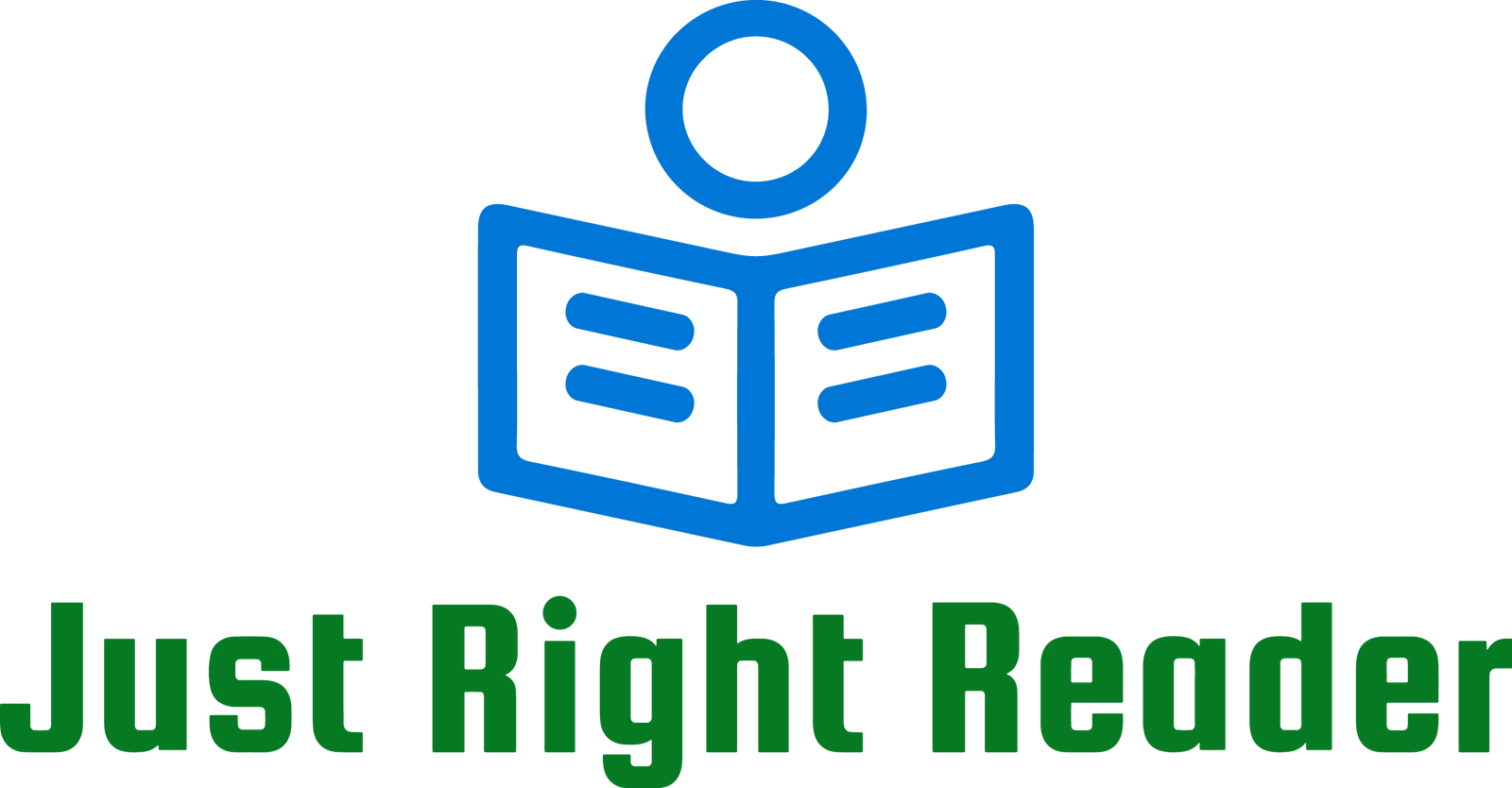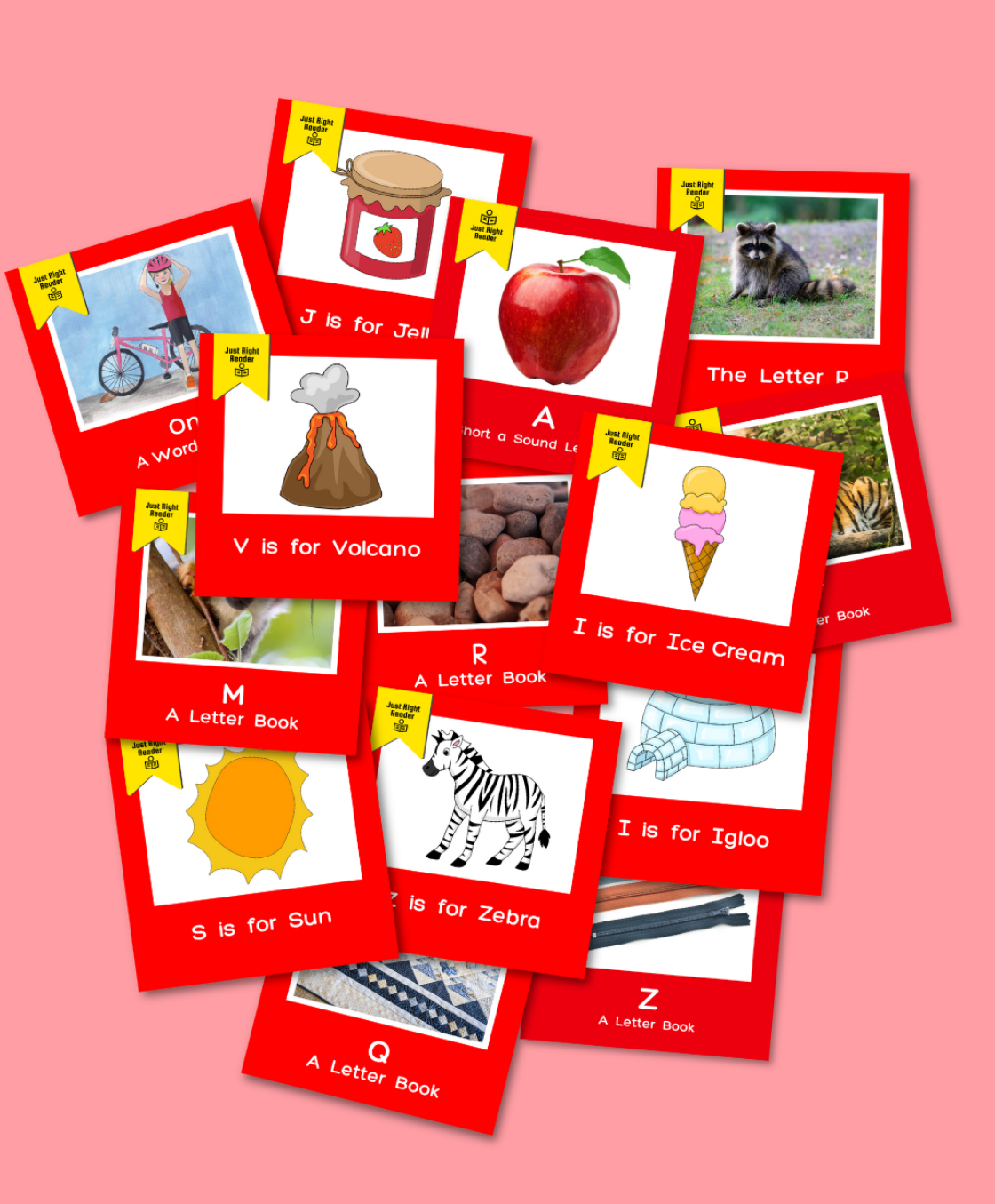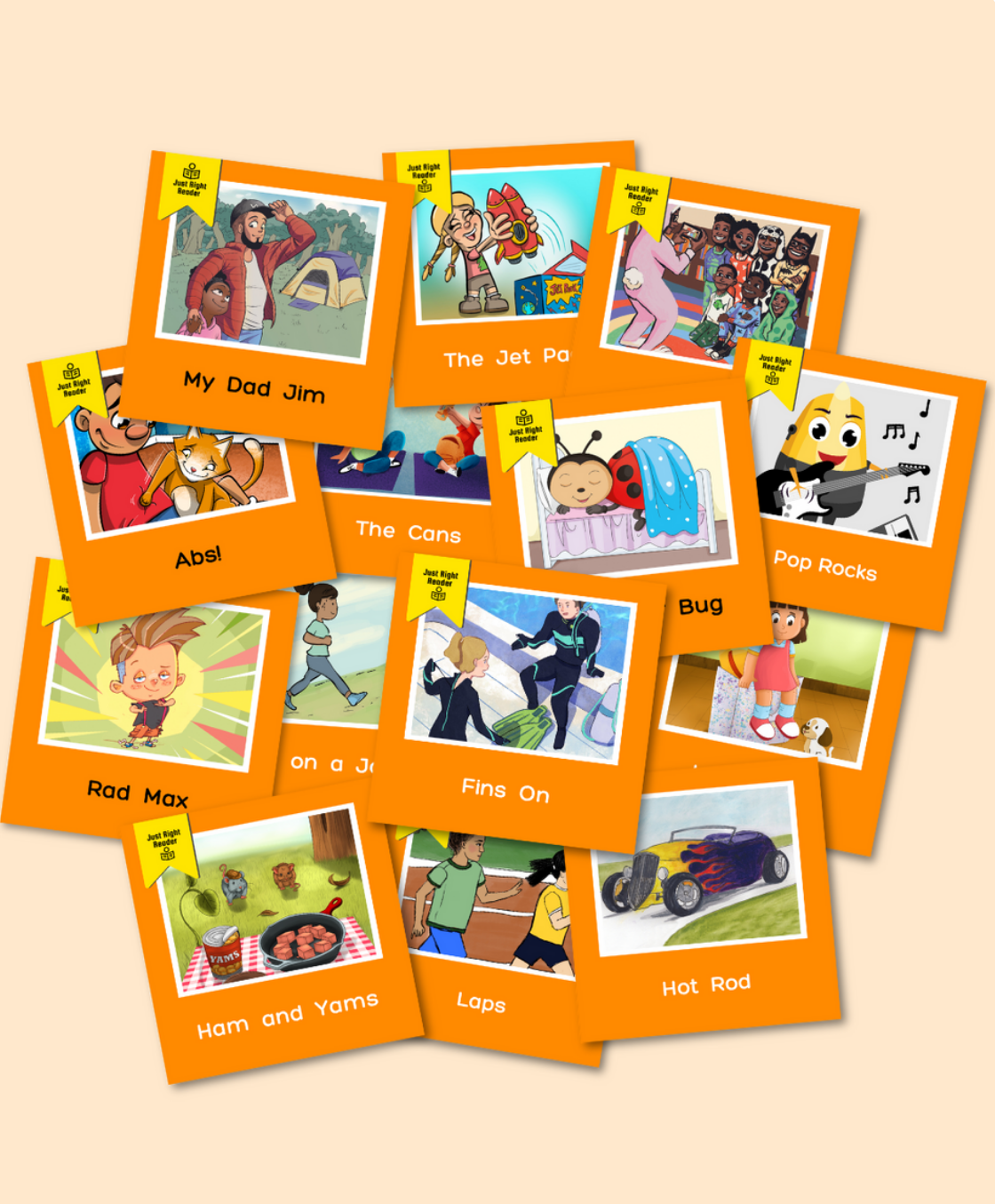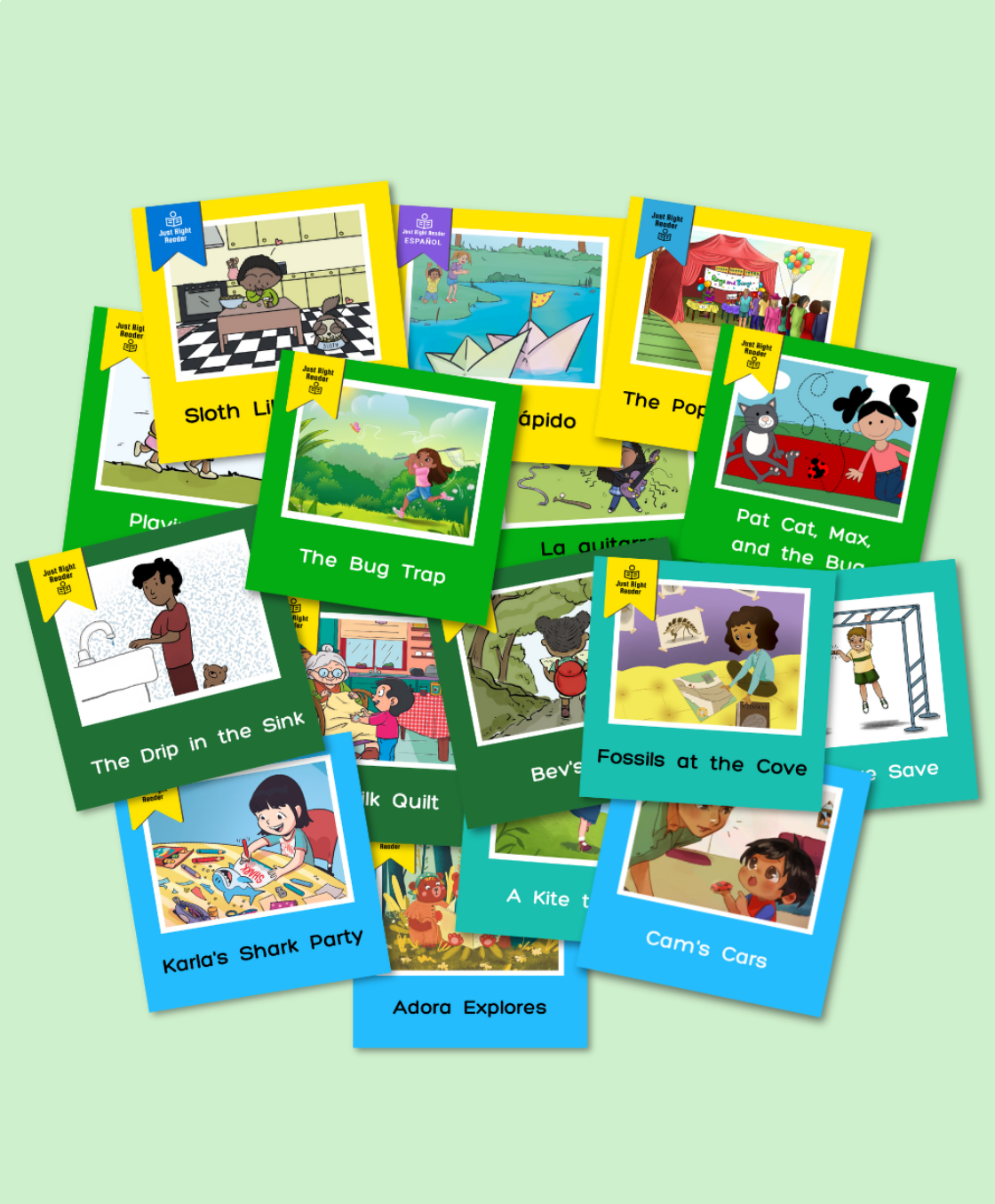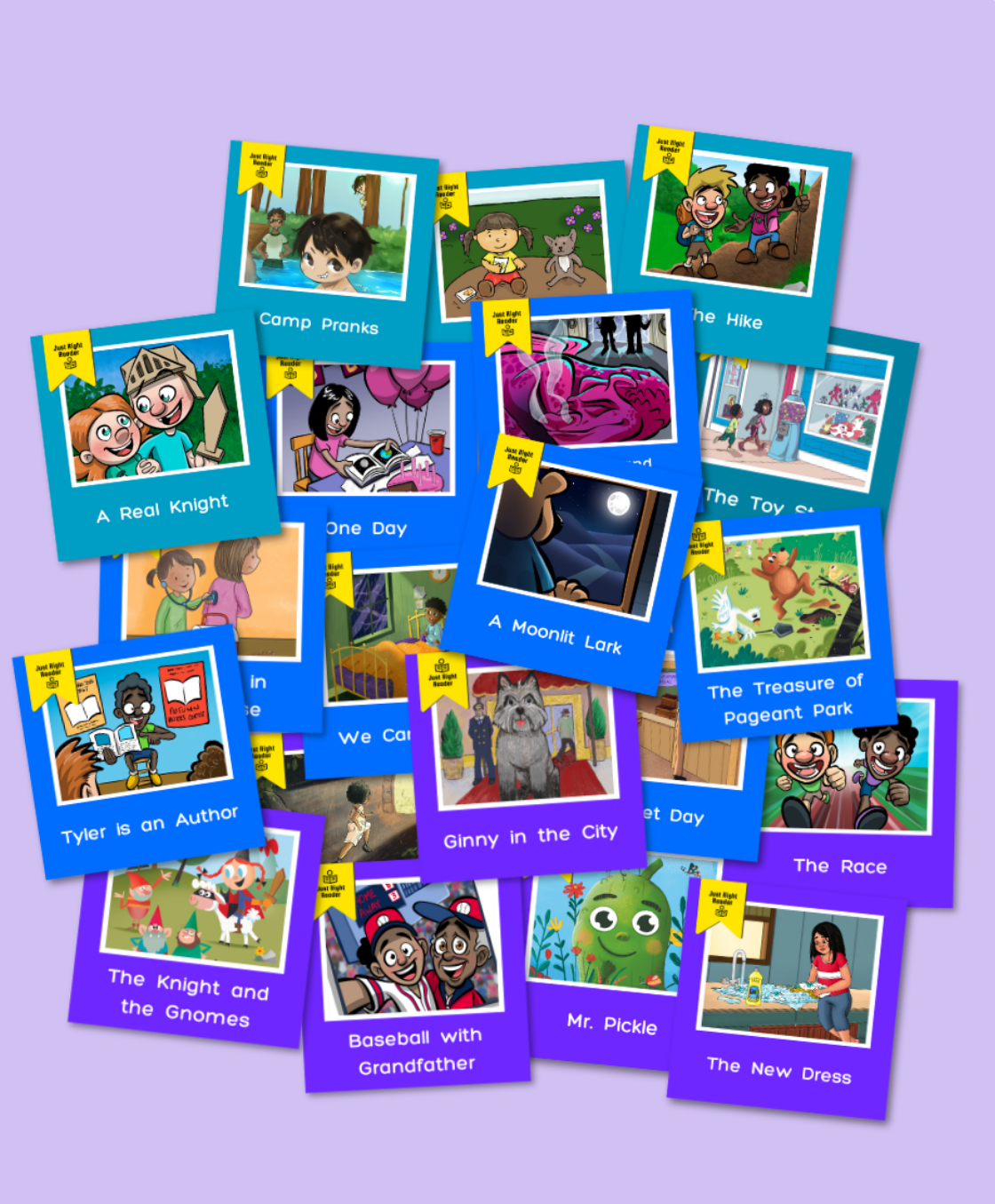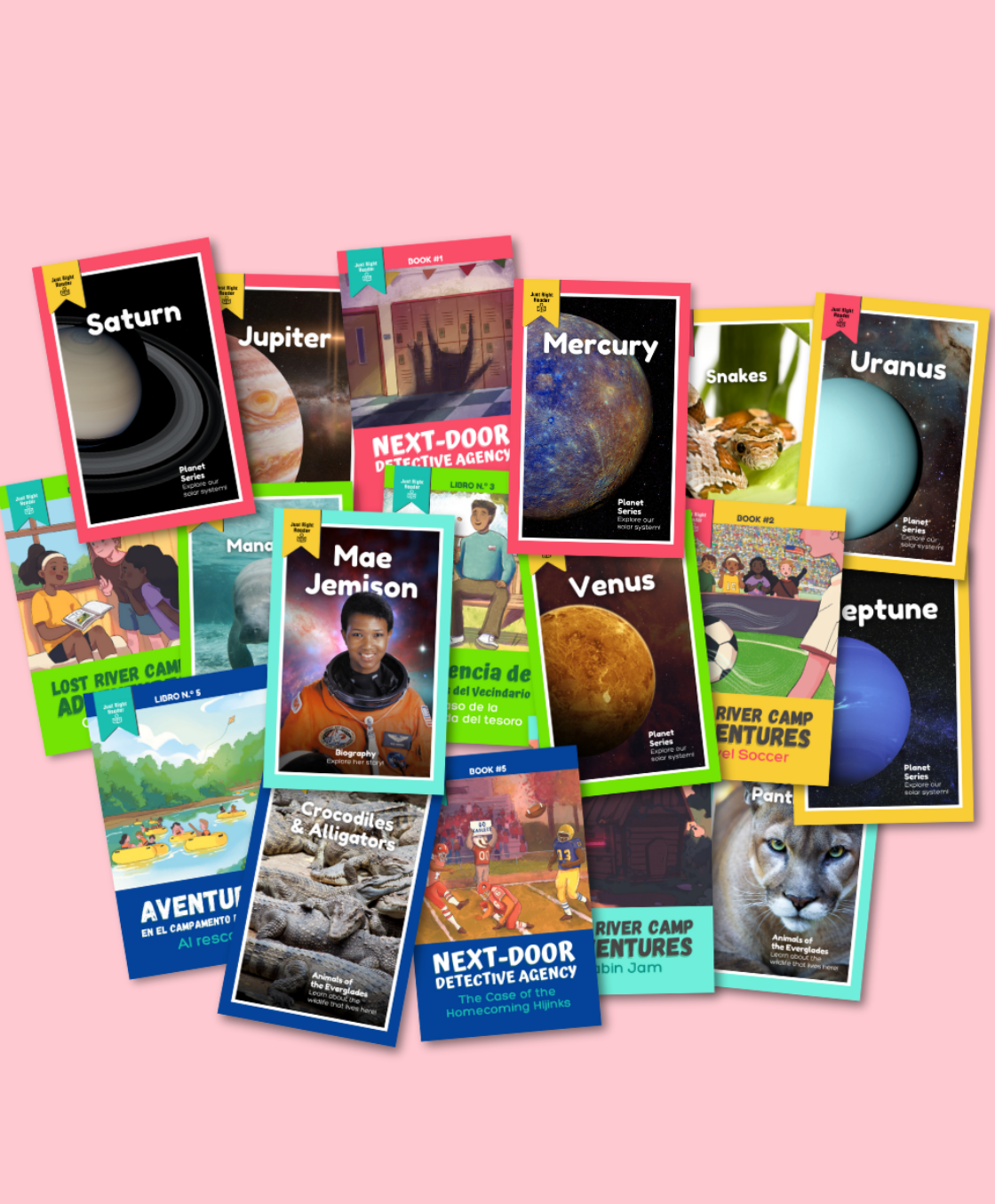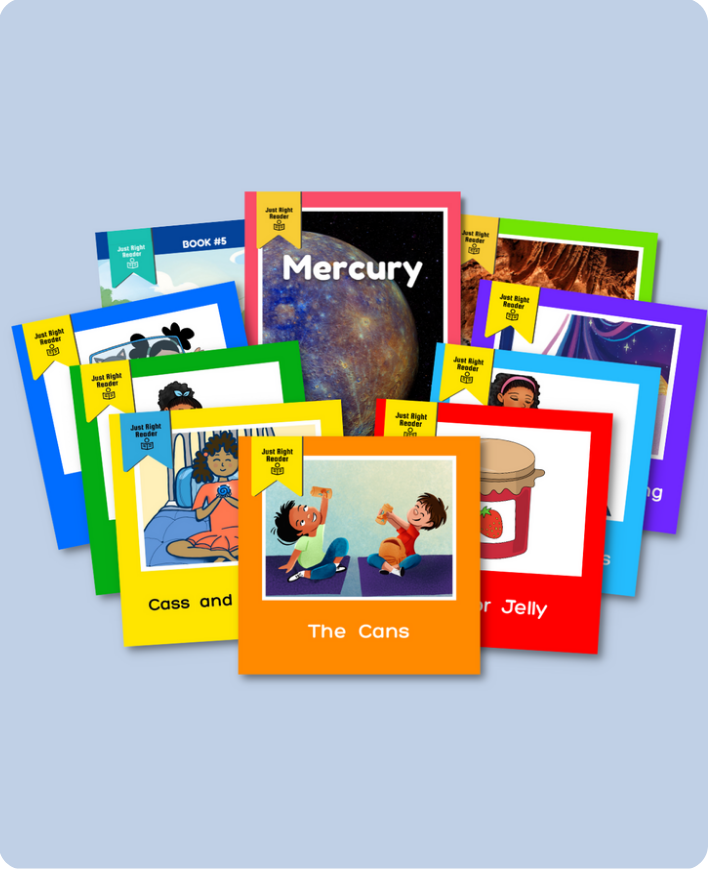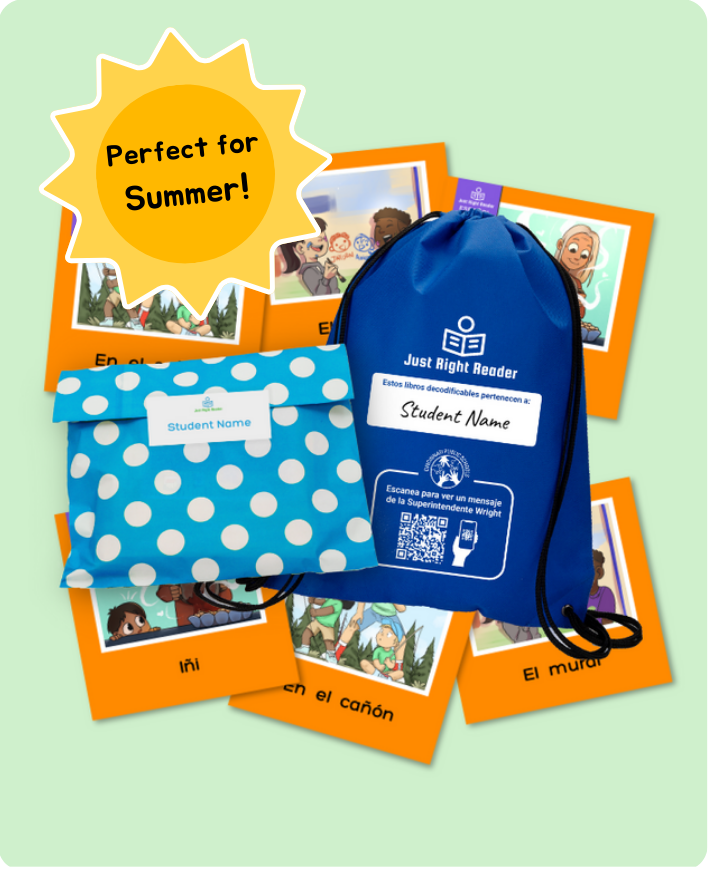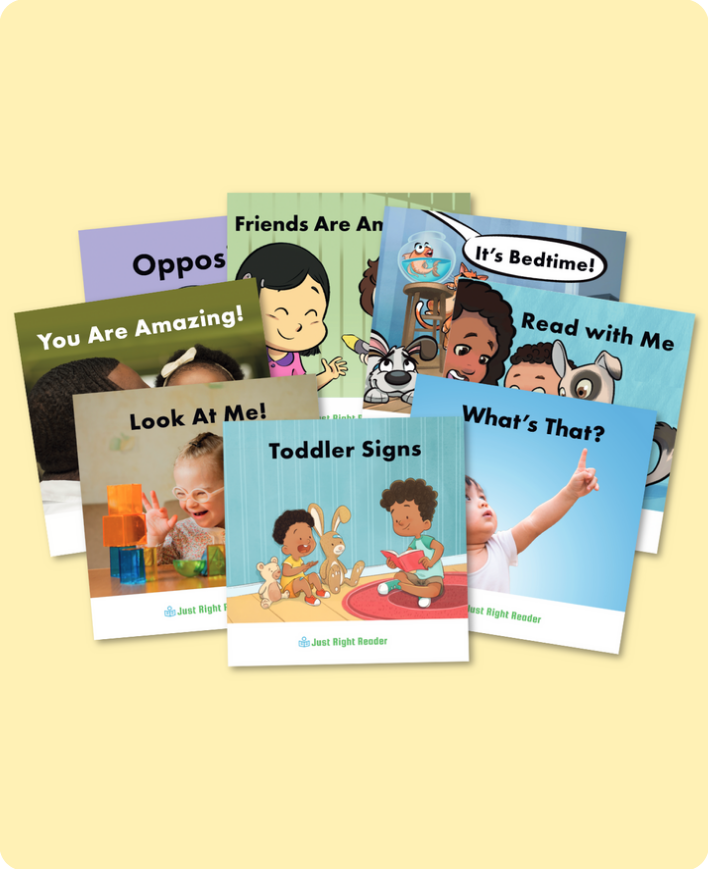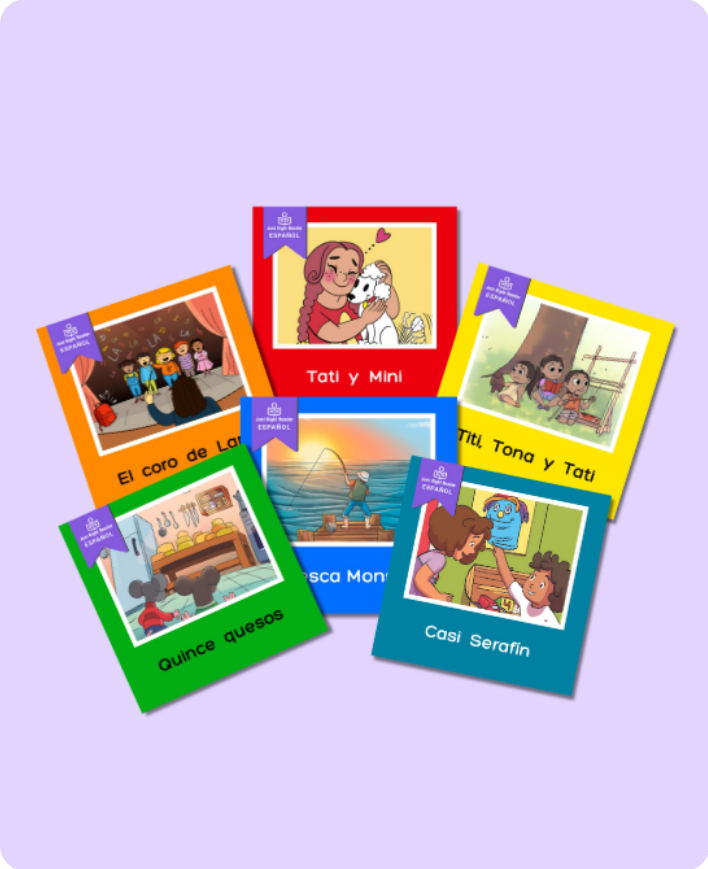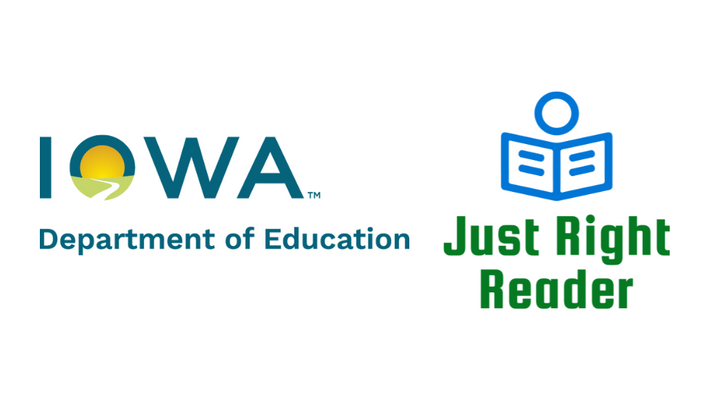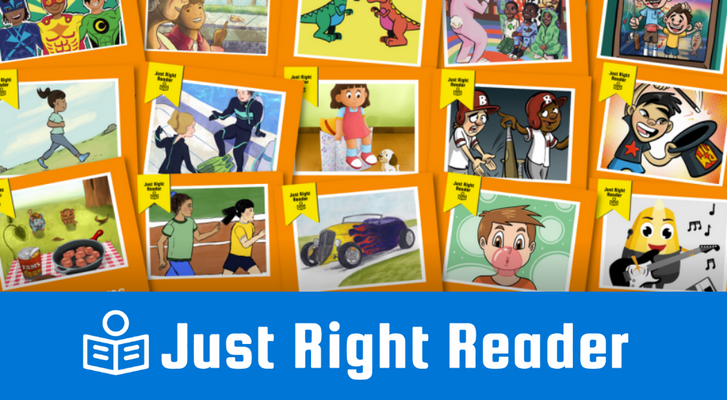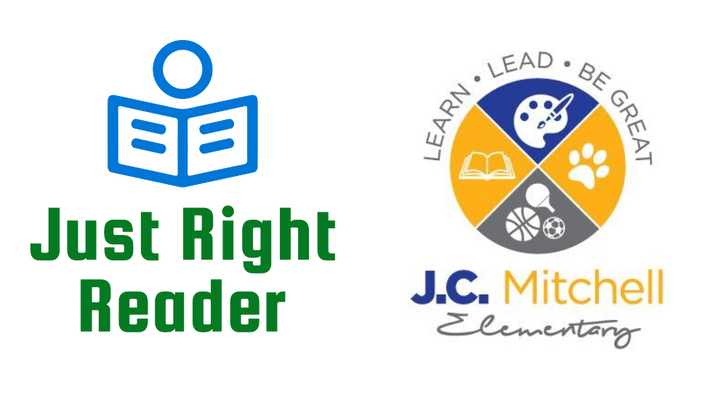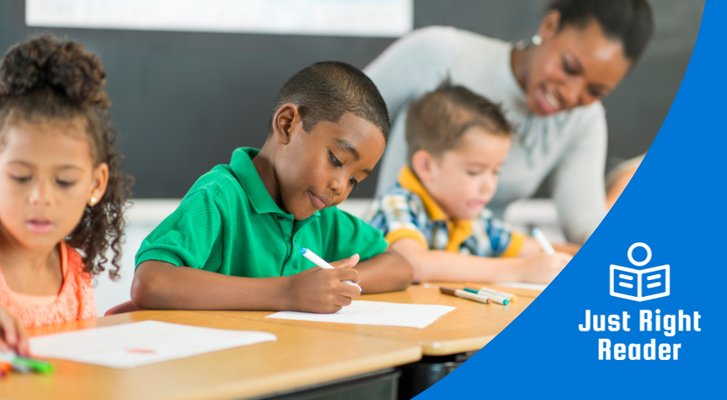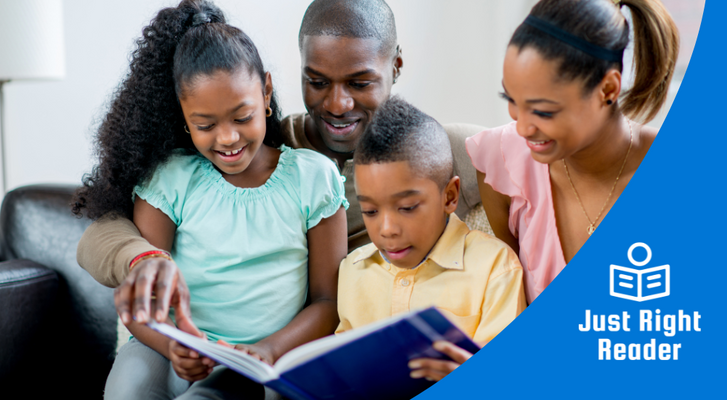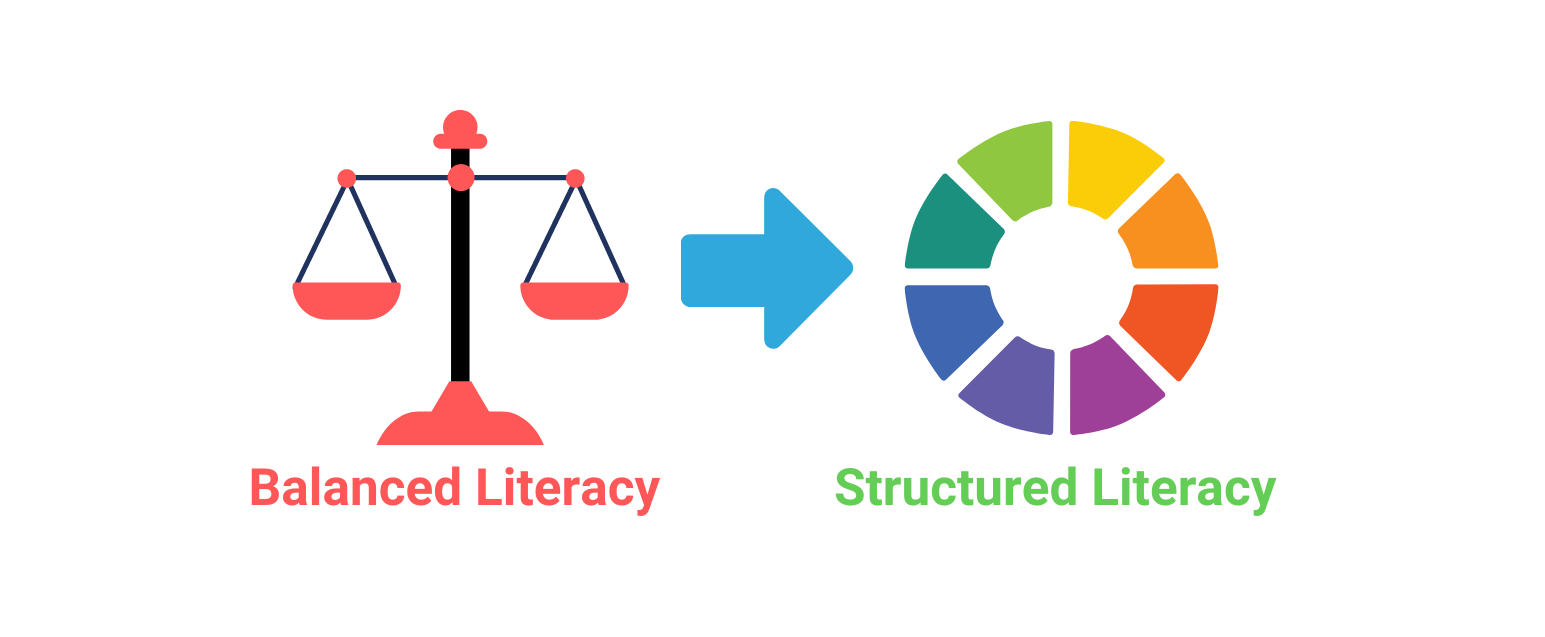
If you told me five years ago I'd be writing this blog post about why I embraced the science of reading–after twenty years in balanced literacy–I'd have looked at you cross-eyed.
Balanced literacy was my world
As a classroom teacher, I used a reading workshop approach assessing students' reading levels using running records, providing leveled books based on the results, and coaching them as they read using three-cueing. When I taught my own oldest five children to read, I used leveled books and only a smattering of decodables. I published blog posts all about three-cueing. I created and shared over 100 sight word books that required students to use three-cueing to "read" them.
It's not that I didn't believe in phonics, but I considered it to be secondary. I felt that by teaching my students to solve words using context, pictures, syntax,and phonics, I was teaching them to be strategic.
I was absolutely convinced balanced literacy was the only right way to teach reading. And why not? My graduate school classes taught me about three-cueing and running records with nary a word about structured phonics lessons. I was confident my approach banished boredom and led to lifelong readers. In contrast, I was sure that structured phonics lessons and decodable books would kill a love of reading.
The viral article that changed everything
Fast forward to 2019 when Emily Hanford published her viral article, "At a Loss for Words."
Since I had been publishing balanced literacy related articles for over six years on my website, The Measured Mom, it's no surprise that a reader asked for my feedback on Hanford's article which called three-cueing "a flawed theory about how reading works.”
I admit it. The first time I read the article, I dismissed it. Why should I believe that a journalist knew more about teaching reading than I, an experienced educator, did? But the article received so much press I couldn't ignore it. On my walks, I tried to mentally formulate a blog post in which I would refute all of Hanford's points.
But I couldn't figure out exactly what to say.
The tide began to turn
When I reached out to fellow educators in a Facebook group, I was seeking advice for how to prove Hanford wrong (because, I was sure, she had to be.) Instead, the reading wars erupted in the comments. Many ex-balanced literacy teachers gave me a list of books to read.

These are the books that got me started:
- Know Better, Do Better by David Liben & Meredith Liben
- Equipped for Reading Success by David Kilpatrick
- A Fresh Look at Phonics by Wiley Blevins
- Teaching Word Recognition by Rollanda E. O'Connor
- Reading for Life by Lyn Stone
- Shifting the Balance by Jan Burkins & Kari Yates
I joined a large Science of Reading Facebook group. Initially, I could spend only ten minutes a day in the group because what I read made me feel physically ill. Could I really have gotten itso wrong for all those years?
But I began to appreciate all the discussion and, most of all, links to free webinars with evidence-based information including edWebs hosted by Just Right Reader on the latest science of reading research. I watched hour after hour of workshops and webinars. During this time I took several science of reading-based courses from people I could trust:
- Keys to Beginning Reading from Joan Sedita
- Top Ten Tools from Deb Glaser
- Core Learning's Online Elementary Reading Academy
- The Big Dippers
Afterwards, when I revisited Emily Hanford's article, I had tremendous respect for her. Shehaddone her research, and it all started coming together.
I taught my youngest to read
It was time to teach my youngest to read and by this time I knew structured phonics was important and three-cueing was counterproductive. But...couldn't I hold on to my leveled books? Couldn't I use themalongside my decodables?
For our first reading lesson, I had both a decodable and leveled text. When my little guy read the decodable book, he sounded out every word. When I gave him the leveled book, he tried to do the same thing.
"No, you can't sound out that word yet. Use the picture and the first letter. What could that word be?"
A huge light bulb went off when I realized that I was giving him mixed messages. From that day forward, we stuck with quality decodables, like those from Just Right Reader, in all our reading lessons.
I won't lie—it was hard for me at first. He laboriously sounded out every. single. word. It was painful to listen to. My husband, who had heard the oldest five kids breeze through their leveled, predictable books, confided, "it makes me feel sad to hear him read like that."

Just Right Reader Science of Reading decodables
Before long though, my youngest had orthographically mapped CVC words and more. A few months into our reading journey, we used decodable books only during our reading lessons; he read books of his choice all on his own.
What finally convinced me
I will forever be grateful to the person in the science of reading group who acknowledged that "balanced literacy works for some kids."
Thank you!I thought. It wasn't just my imagination that I'd taught dozens of kids to read the balanced literacy way, including my oldest five children.
That person went on to say, "but it doesn't work for everyone. Some kids apply the phonics that you teach them, but others don't. Three-cueing becomes a bad habit. When they get to third grade and the pictures disappear, they lack the ability to read unfamiliar multisyllabic words. They hit a wall."
Ouch. I didn't like to hear this, but it made perfect sense.
I studied Nancy Young's Ladder of Reading, and I felt sadness when I remembered students who were surely in the percentage who need a structured approach to learn to read. I wished I had given them a phonics assessment and then focused, explicit phonics lessons. Instead, I had encouraged them to keep practicing their leveled books.
More clarity came when I studied orthographic mapping, the mental process by which we remember words for future instant retrieval so we don't need to sound them out.

When I finally understood that kids don't learn words by their shape, but by mapping sounds to letters, I began to see that early leveled books, which require kids to take their eyesoff the words, are counterproductive.
Another key understanding was when I realized that we teach reading by training parts of the brain to work together. Unlike learning to speak, reading isn't a natural process. When I realized that surrounding kids with beautiful literature, while a very positive thing, wasn't going to teach them to read, I began to appreciate the value of systematic, sequential decoding instruction.
When I saw the brains of people with and without dyslexia, it hit me that using leveled books with beginning readers was actually promoting activity on thewrong side of the brain.
Where I am today
After twenty years in balanced literacy, I now embrace the science of reading. I share the science of reading-based interviews and episodes on my podcast, Triple R Teaching. I write research-based articles on my blog, The Measured Mom. I completely revised my online course about teaching reading, Teaching Every Reader, and I share thousands of science of reading-aligned printables in my membership for PreK to third grade educators, The Measured Mom Plus.
I am especially grateful to Just Right Reader for creating quality, evidence-based decodables which have shown me that decodable books are exactly what students need to find success…and a love of reading.
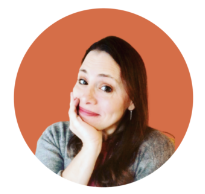
Anna Geiger, M.Ed., has classroom experience from first through fifth grade. After earning her Master's degree in Curriculum & Instruction, she began caring for her children at home. Now Anna serves educators through her blog, The Measured Mom, where she shares hands-on lessons, thoughtful articles, and printable resources. She has a weekly podcast called Triple R Teaching, sells two online courses for K-2 teachers, and delivers monthly video trainings and printables to members of The Measured Mom Plus.
